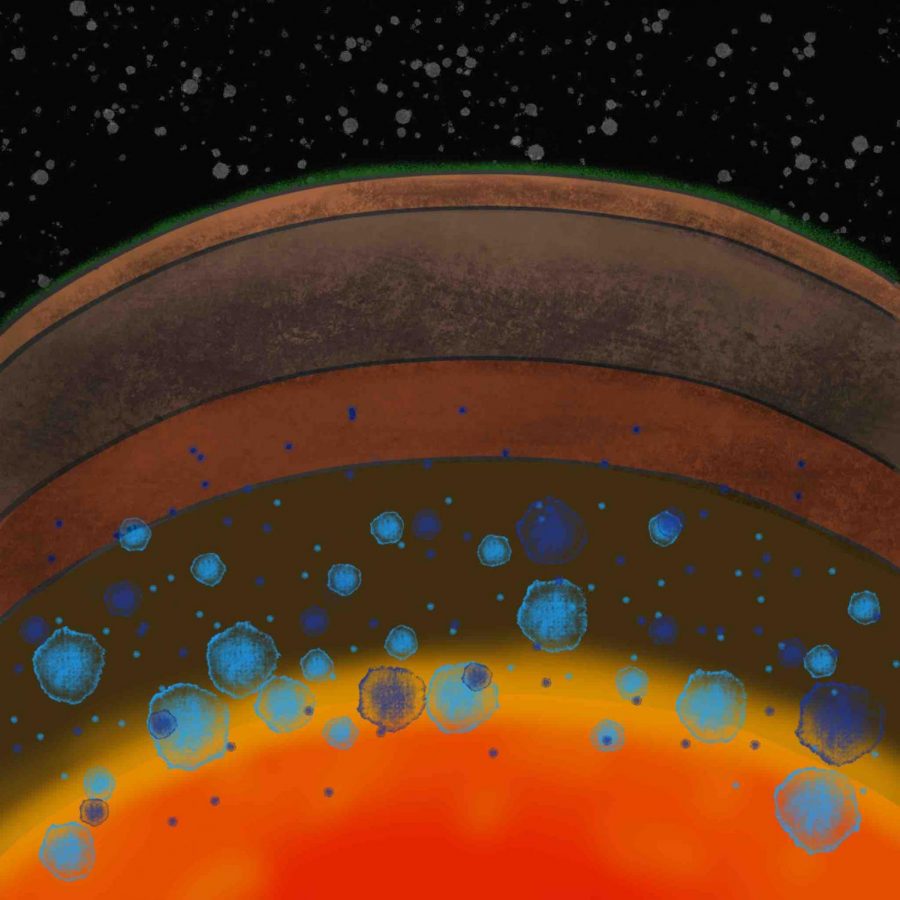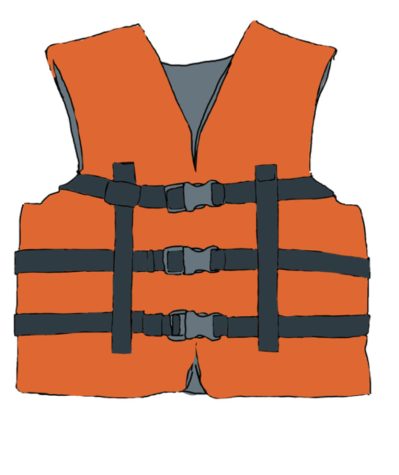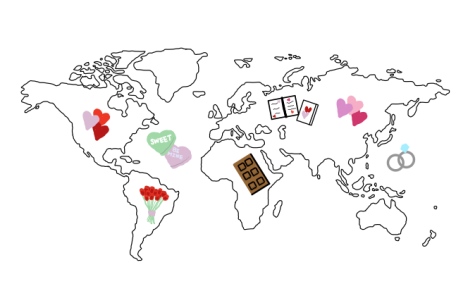Frozen journey from center of earth
“Ice VII” expected to reach surface within 35 million years
This past spring, science researchers discovered a new type of ice claimed to be more destructive and fast growing than any other ice form known to man. Published data last March conveyed that there has been the first evidence for this particular classification of ice, called “Ice VII.” Under the right conditions, it is theorized that this unique ice could form in a pool of water without a layer of heat at the leading edge of its growing surface.
“Ice VII” forms at the core of the Earth at speeds of more than 1,000 mph and is produced at point inside the planet known as the “transition zone” at between 255 miles and 410 miles deep. At this rate, with an unknown way to slow its rapid growth, specialists have hypothesized that it will reach the surface of the Earth in 35 million years.
“The fact that scientists are able to uncover such information and be able to predict what may come next in regards to the core of the Earth is amazing,” said chemistry teacher Mr. Rob Peterson.
Super-intense pressures and temperatures will allow the ice to form without most of the usual brakes that slow growth. Research published on October 10 in “Physical Review Letters” show that “Ice VII” begins to form at 20,700 times Earth’s atmospheric pressure at sea level and 40.7 degrees Fahrenheit according to Live Science.
This new discovery in the Earth’s core was found to have a different crystal structure and rearrangement of atoms different from typical ice. Scientists are now claiming that elusive ice in the frozen-water cores of diamonds have bubbled up from deep inside the Earth.
“I think that it is so cool that scientists are able to discover such an important addition to science that could impact the entire world,” said freshman Julia Domagala.
This mysterious Ice also poses problems for scientists seeking alien life on other planets such as Neptune and Venus, according to Physics Centralu. Seeing the destructive impact this could potentially have on Earth, it can be predicted as being 50 times more intense on a planet where the Ice has actually reached the surface. Pressure spikes from meteor impacts could cause the explosive formation of “Ice VII” on watery planets otherwise suited to alien life, which can diminish hopes of their survival.
With only six months of knowledge of this particular ice form, scientists are unsure of how to take environmental measures in order to slow or cease the growth of this hyper-destructive substance; however, they hope to format a plan of action in the decades to come.
Your donation will support the student journalists of Saint Viator High School. Your contribution will allow us to purchase equipment and cover our annual website hosting costs.








